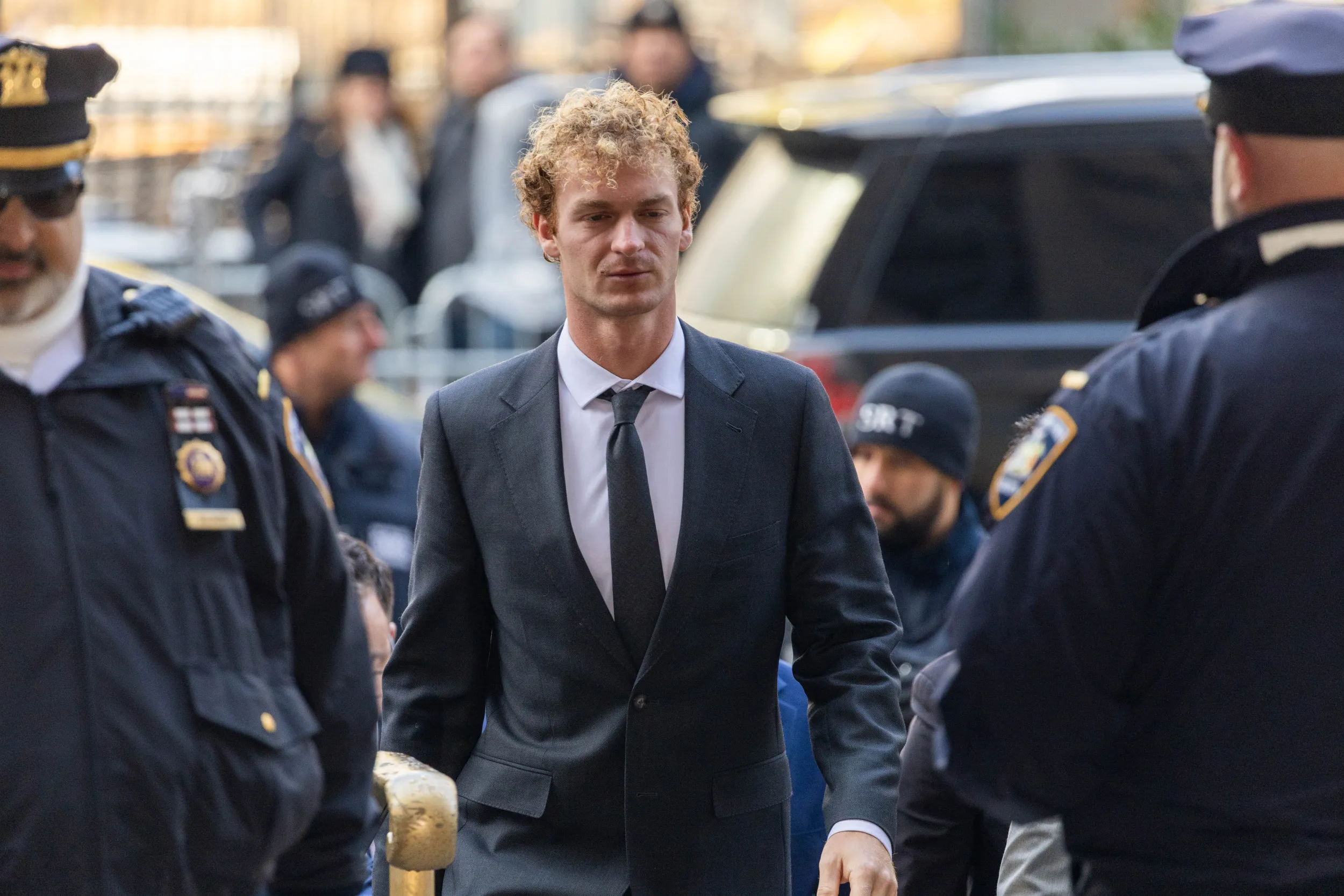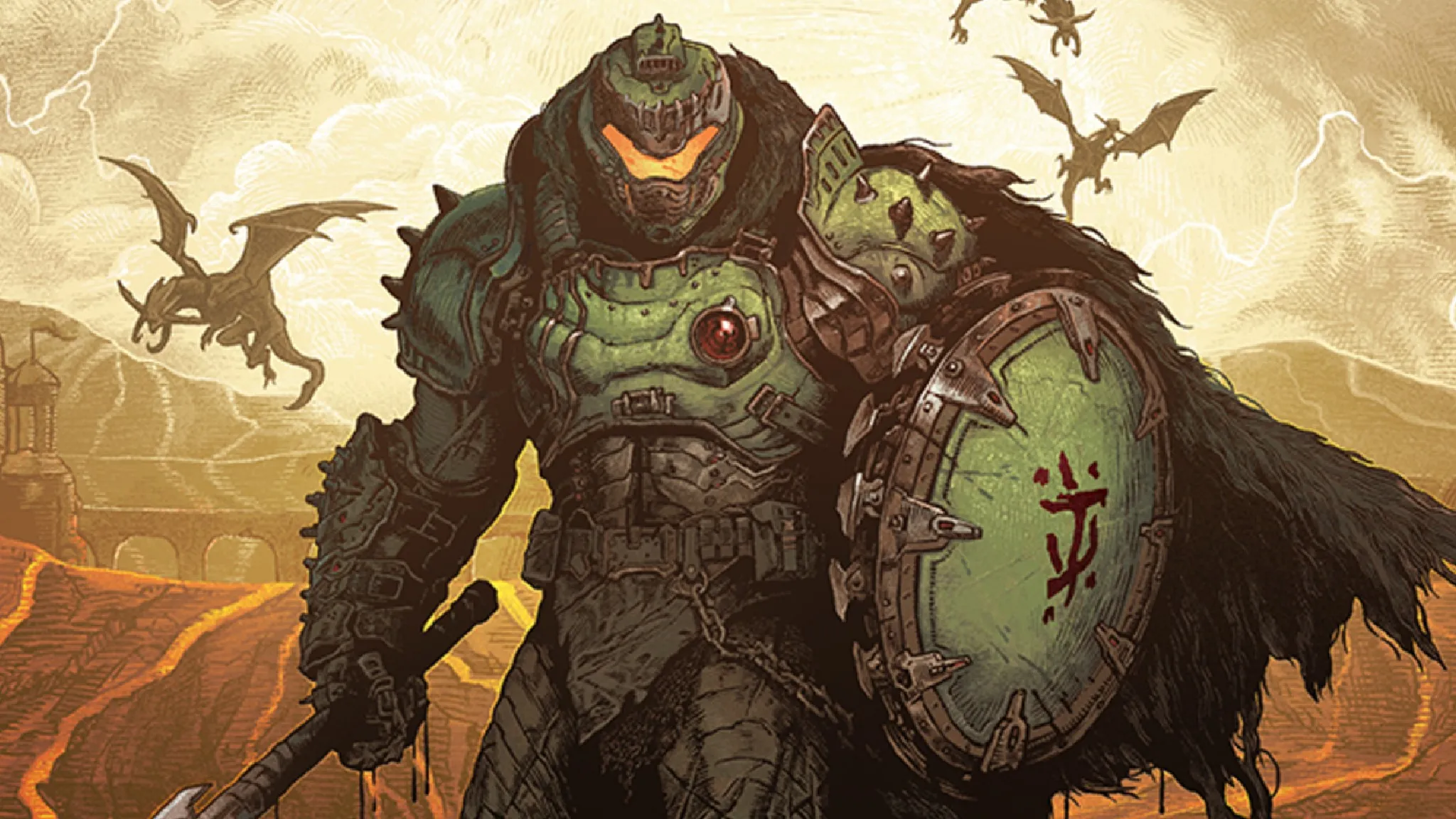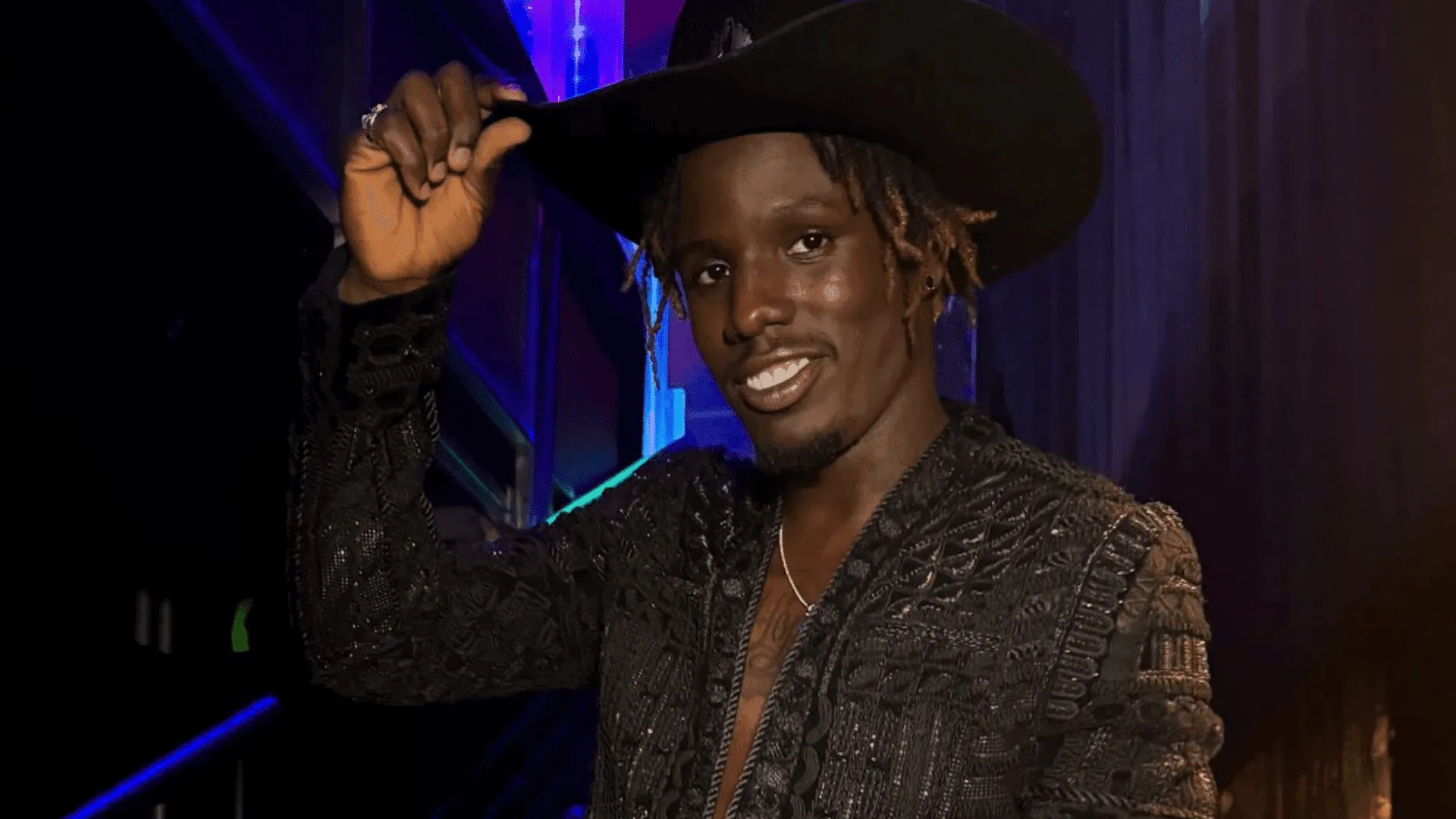Jury Deadlock in Daniel Penny Trial: What’s Next for the Controversial Case?
In a dramatic turn of events, the high-profile trial of Daniel Penny has reached a critical juncture, leaving New York City and the nation in suspense. The case, which stems from a fatal subway incident in May 2023, has captivated public attention and sparked intense debate about self-defense, mental health, and public safety.
The Incident and Charges
Daniel Penny, a 26-year-old Marine veteran, stands accused of causing the death of Jordan Neely during a subway ride in New York City. The prosecution charged Penny with manslaughter and criminally negligent homicide after Neely died following a prolonged chokehold on the subway train.
Key Details of the Case
- Initial Incident: Occurred on a New York City subway in May 2023
- Charges: Manslaughter and criminally negligent homicide
- Plea: Not guilty
- Potential Sentence: Up to 15 years for manslaughter, 4 years for criminally negligent homicide
Jury Deliberations and Challenges
The jury, consisting of seven women and five men, has been wrestling with the complex legal and moral dimensions of the case. After extensive deliberations, they sent multiple notes indicating a significant roadblock in reaching a unanimous verdict on the manslaughter charge.
“We are unable to reach a unanimous decision,” read one of the jury’s critical notes, highlighting the case’s complexity.
Legal Maneuvers and Judicial Intervention
Judge Maxwell Wiley intervened by providing an Allen charge – a legal instruction encouraging jurors to continue deliberating and consider each other’s perspectives carefully. This standard legal procedure aims to prevent a potential mistrial by pushing the jury towards consensus.
Competing Narratives
- Prosecution’s Argument: Penny acted recklessly and used excessive force
- Defense’s Stance: Penny was protecting other subway passengers from an individual behaving erratically
Medical and Forensic Perspectives
The city’s medical examiner concluded that Neely died from neck compression, a finding that the defense team continues to dispute. This medical testimony has been crucial in shaping the jury’s understanding of the incident.
Broader Social Context
The trial has transcended a simple criminal proceeding, becoming a lightning rod for discussions about:
- Mental health awareness
- Public safety
- Race relations
- Appropriate use of force in public spaces
Potential Outcomes
With the manslaughter charge effectively dismissed, the jury will now focus on the lesser charge of criminally negligent homicide. The potential outcomes include:
- Conviction of criminally negligent homicide
- Acquittal
- A hung jury leading to a potential retrial
Historical and Cultural Significance
The case draws parallels to previous high-profile New York incidents, such as the Bernhard Goetz trial, which similarly challenged societal perceptions of self-defense and public intervention.
Looking Ahead
As the jury continues its deliberations, the case remains a poignant reminder of the complex intersections between individual actions, public safety, and systemic challenges in urban environments.
The nation watches and waits for a resolution that might provide closure to a tragedy that has deeply affected multiple communities.
Note: The jury is scheduled to resume deliberations, with the potential for a mistrial if they remain unable to reach a unanimous verdict on the remaining charge.






Leave a Comment